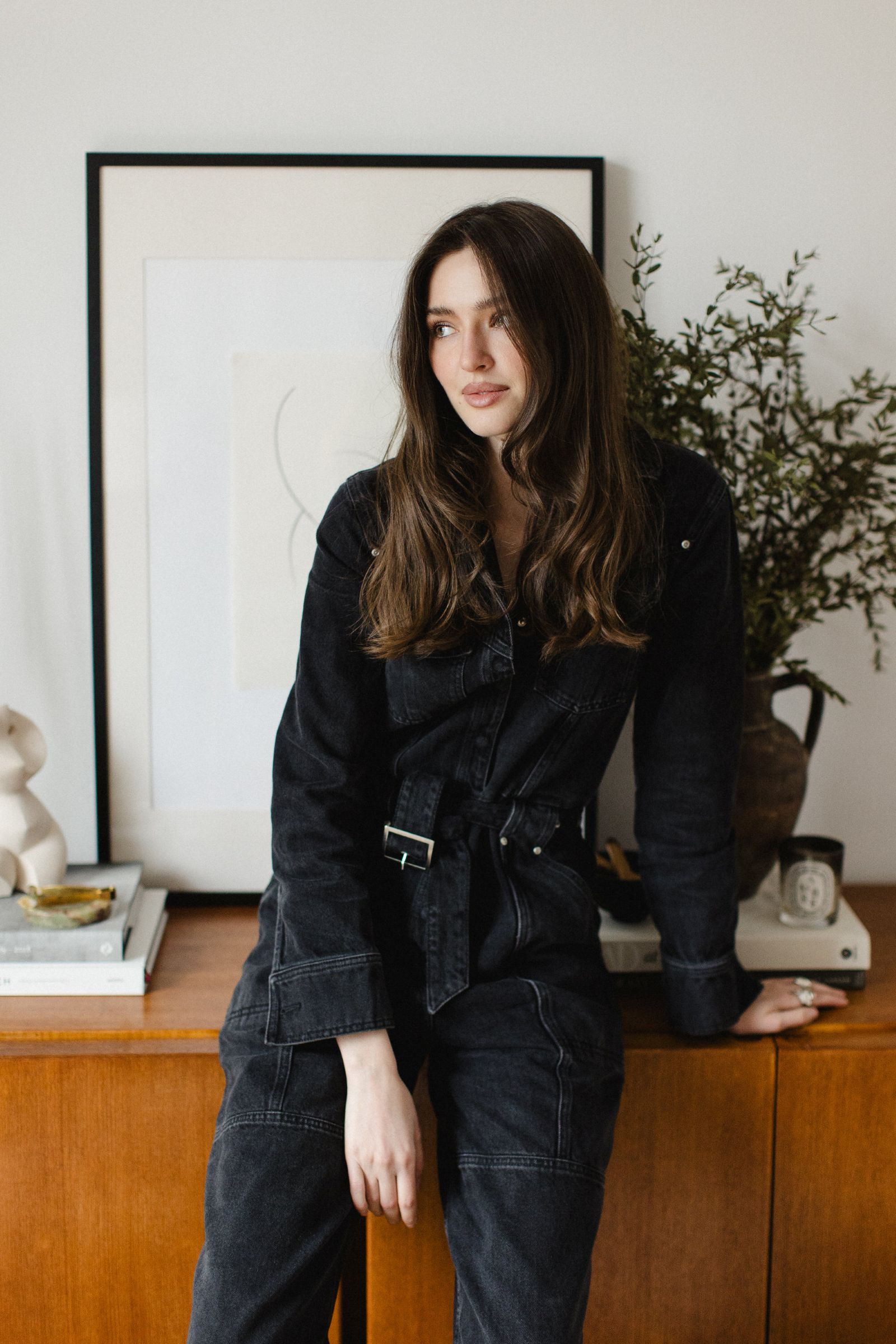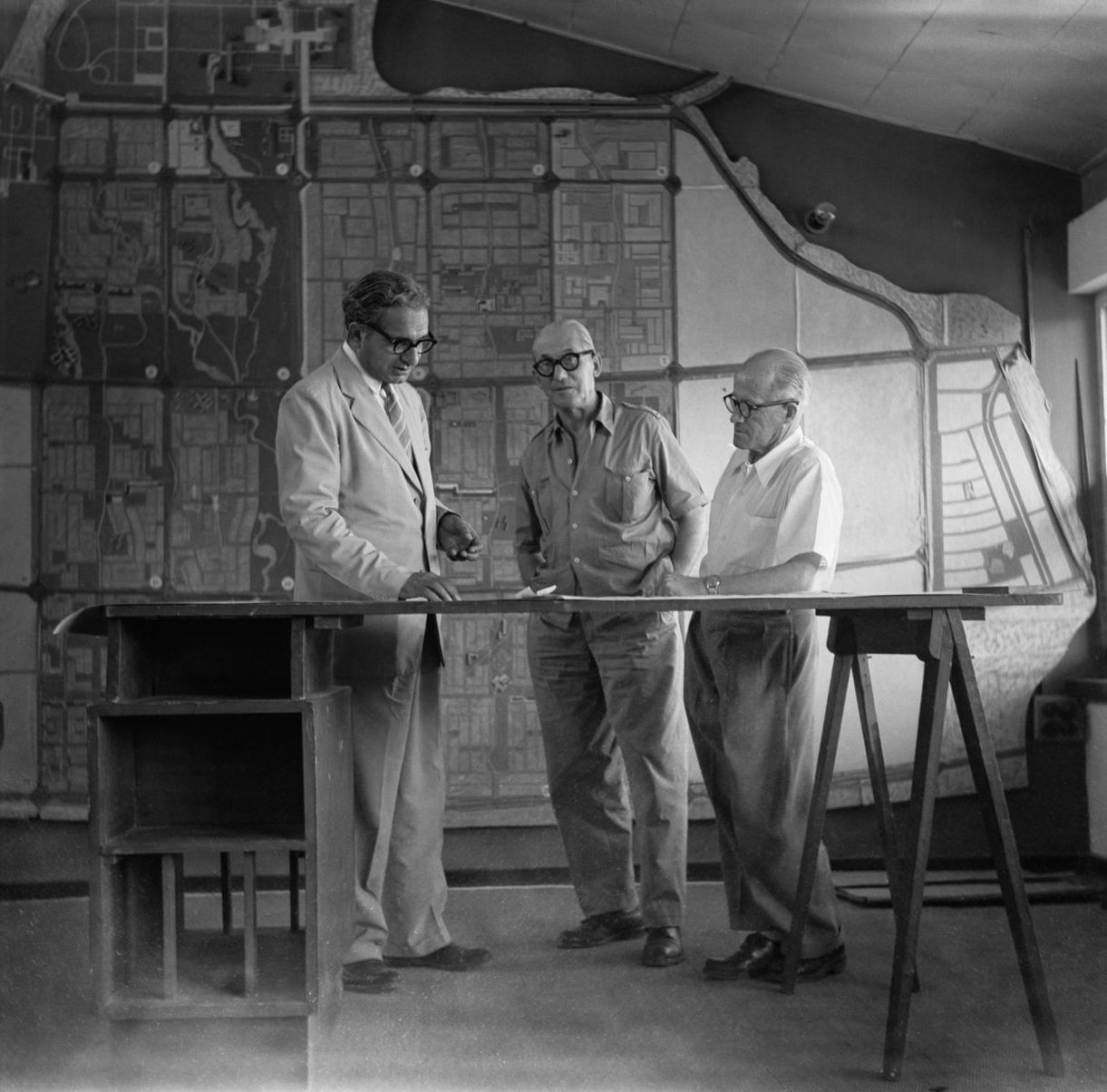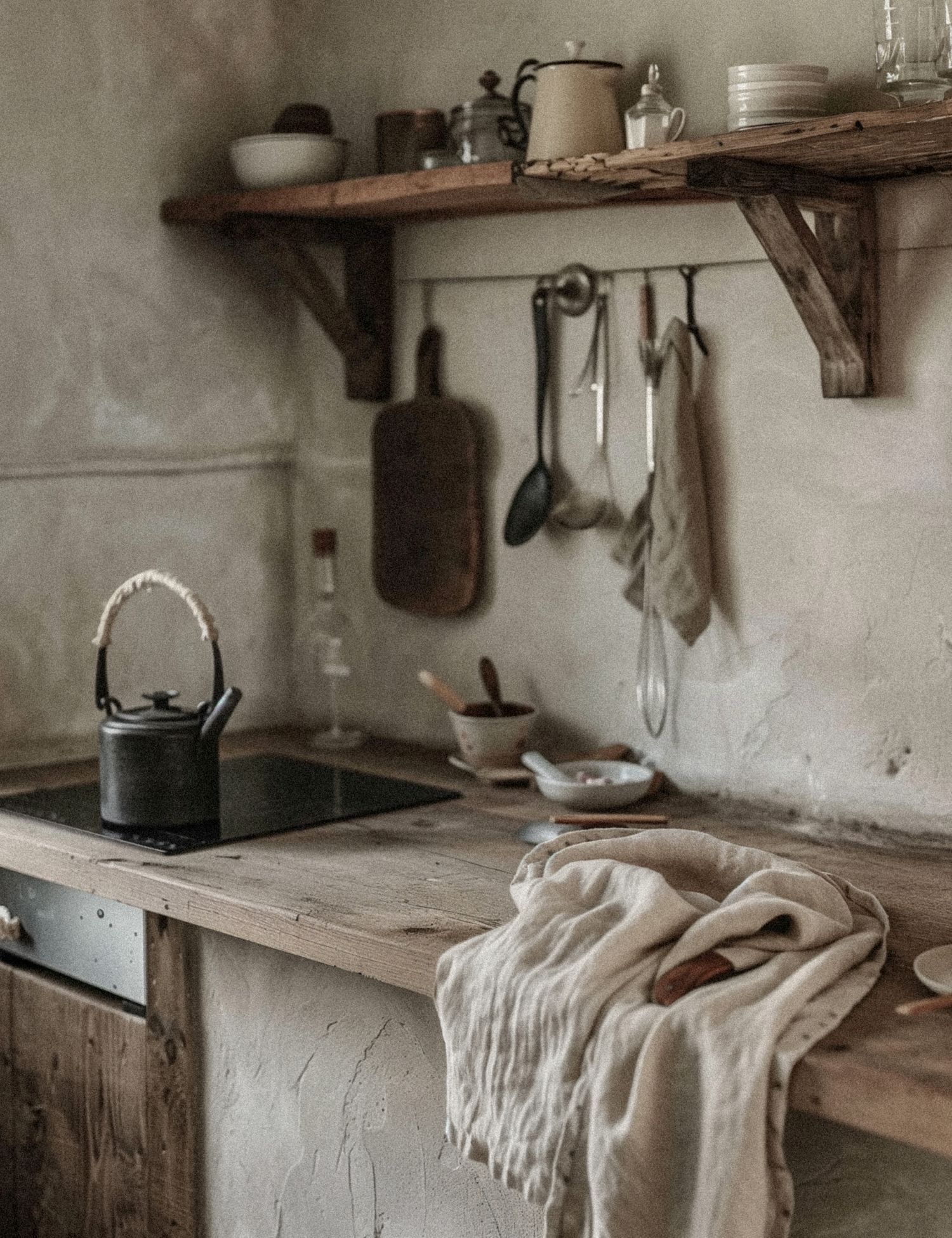
In the ever-evolving landscape of interior design, where trends often overshadow timelessness, there is something deeply grounding about the simplicity and beauty of summer. The interplay of light and shadow, the tactile response of materials, and the softening of form — these elements speak to a deeper understanding of design. As we emerge from the turbulence of recent years, our relationship with summer, and by extension our homes, has shifted. We are no longer in a rush to escape the world outside; instead, we are looking to our spaces to ground us — to offer a sense of connection to both the present moment and the timeless flow of nature.
There is a particular stillness that arrives with the onset of summer. Not the absence of movement, but a kind of attuned suspension — a shift in tempo that is more felt than seen. In Australia, the season makes itself known with decisive clarity: cicadas crackle in the distance, shadows lean long across the floorboards, and sunlight bleaches everything it touches. This is not a decorative summer, with its jostling of colour and overstated motifs. It is a season defined by texture, form, and tone — by the dry scent of earth after heat, by the way time dilates, and by the softening of shapes as the light shifts.
Post-pandemic, our relationship with summer has shifted. With the rise of slow living, the summer season is now less about escaping and more about rootedness — a time for reflection, and connection with what’s local and immediate. Particularly in the Southern Hemisphere, where the heat demands thoughtful design solutions, summer calls for a recalibration of space — not just aesthetically, but functionally. We’re not just styling our spaces; we’re designing them to be in harmony with the rhythms of the season.
In interiors, summer asks for a loosening of the palette, a generosity of space, and an invitation to engage with the tactile and sculptural qualities of objects. Take, for example, a bleached ash bench, whose simple form feels ever-changing under the summer sun. As the heat softens its joinery slightly, its silhouette becomes more fluid, almost as if the piece were slowly being reshaped by the season. This subtle shift in materiality, a result of exposure to heat, embodies the idea of living with impermanence. It becomes more than furniture; it’s a tactile reminder of summer’s transience, and its stillness only enhances its presence.
From these material responses, we begin to understand: this is not a seasonal aesthetic, but a seasonal attunement. It isn’t achieved through obvious additions, but through sensitivity to what already exists — wood that softens with sunlight, ceramic that holds the memory of a hand. Summer doesn’t demand reinvention, but it does call attention to form and feeling. The question becomes: what holds its own in direct light? What endures in the presence of heat, air, exposure? A pale travertine bowl, its surface cool and tactile, its gentle curves embracing the light. A linen curtain, so fine it trembles in the breeze, its fibres woven in subtle ripples. A vessel turned from bleached maple, its surface barely finished, the grain so pronounced it becomes almost a texture to be felt rather than seen. These are not merely stylistic decisions; they are material responses to a season that makes itself known in degrees of light and shade. The way the grain of wood appears more vivid under the sun, how stone warms with the heat of the day — these qualities give shape and texture to the season itself.
In considering the tactile qualities of summer and how objects can become integral to the experience of the season, I am reminded of the design philosophies of Michaela Scherrer and Arjaan De Feyter. Scherrer, known for her minimalist and understated yet highly tactile interiors, places a strong emphasis on the sensory qualities of materials. Her work invites us to pause and appreciate the textures around us, from soft linens to the warmth of natural stone. As she once said, “Good design is not about imposing something new, but about amplifying what already exists in a space.” This philosophy resonates deeply with the essence of summer as a time of ease and simplicity, where the objects around us should enhance the natural beauty of our surroundings, not overwhelm them.
“We’re not just styling our spaces; we’re designing them to be in harmony with the rhythms of the season.”
Arjaan De Feyter, similarly, champions an ethos of sustainable design that is rooted in the natural world. His designs, often forged from raw, enduring materials like concrete and wood, embody the richness of tactile experience. De Feyter’s work is an exploration of texture — a celebration of how materials can speak to the senses and evoke feelings of warmth and comfort, key elements of summer living. His spaces reflect a certain beauty, an invitation to slow down and connect with the material world. In his words, “The materials we work with should have a story to tell — not just of their origin, but of the life they carry within them.” This aligns with my own approach to summer design: the beauty of objects isn’t in their novelty, but in their capacity to become part of the everyday narrative, becoming more meaningful as they weather the seasons.
Furthermore, the interplay of form and shadow becomes central to summer styling. It is the season in which negative space gains agency; in which the space between objects matters as much as the objects themselves. Consider how a simple stone-carved incense holder might sit on a shelf — its smooth, rounded form casting a long, graceful shadow across a wall. The subtle geometry of its design, where curves soften sharp lines, shifts the focus of the room from what fills the space to what surrounds it. This is a design language that is more about restraint than adornment. In the Australian context, where the harsh sun demands relief, interiors respond by balancing the weight of materials with the lightness of space. The carefully proportioned curve of a plaster wall, for example, absorbs sunlight, softening its intensity and creating sculptural shadows that shift as the day progresses. In this way, summer interiors are defined not only by what is present, but by the way light reveals their form — the way the play of shadow brings out their tactile texture.
There is, of course, a sensuality to the season — not the performative kind, but the kind embedded in textures, surfaces and gestures. A cushion that has been gently sun-warmed, its fabric softened by the heat of the day. The cool thud of bare feet on sealed concrete, the sound and feeling of touch amplified by the absence of thick carpets or heavy curtains. The softness of a worn cotton robe, left on the arm of a chair — it’s not just an object, but a lived-in experience, one that calls attention to the beauty of the every day. These are not curated moments, but authentic ones, where each piece is valued for the way it resonates with time and touch. To design for summer is to allow space for these unnoticed intimacies. To choose materials that respond to the season, that mature with use and time, like a linen throw that gets softer each year or the subtle shift in hue of a hand-thrown ceramic mug as it ages. It is a celebration of authenticity — a rejection of the superficial in favour of the honest, the real. And there is no better time to honour this in design than in summer, when everything is laid bare, when sunlight reveals both the strength and vulnerability of every surface. These small, sensory moments — honest, and deeply felt — are where the season makes itself known.
There’s a tendency in the design industry to present summer interiors as breezy and coastal, often filtered through the familiar blue-and-white motifs, rattan furniture, and vaguely nautical signifiers. While these tropes are not without their charm, they can easily dilute the deeper emotional resonance of the season. A truly summer-focused interior isn’t one defined by themes or trends. It is a reflection of the season’s essence — temporal, not superficial. It acknowledges the impact of heat, the way sunlight shifts across a room, the need for space to breathe. It is informed by a deeper context: by nature, certainly, but also by history and tradition. These are the interiors that stand the test of time, not because they adhere to momentary aesthetics, but because they are felt, not performed. They embody the simplicity of the season, where each piece is chosen with a sense of purpose, ensuring that every detail contributes to the overall rhythm of the space.
In this way, summer becomes a kind of design practice. It is a discipline rooted in reduction and attention to the subtle shifts in our surroundings. Summer invites a slower gaze, urging us to question the relationship between space and use. What does the room ask for now? What no longer serves it? The answers are not fickle; they are shaped by the season itself. As the days lengthen, we close the curtains differently. We rearrange ourselves in response to the heat, gravitating toward objects that cool, rather than warm. Investing in pieces that can accommodate these shifts is not just wise; it is essential. These are objects defined by their material integrity. Summer is a season for long-term thinking — pieces that adapt with us as we adapt with the season.
In this spirit, I’ve curated my 2024/2025 Summer Style Guide — a selection of ten homeware pieces that capture the essence of the season’s tactile, textural beauty. These objects aren’t meant to redefine your space, but to support it. Crafted from heritage materials and timeless silhouettes, each piece is designed to endure the heat and the passage of time, offering beauty that aligns with summer’s natural rhythms, and becoming lasting symbols of the simple pleasures that define summer. They’re enduring companions to the season—pieces that invite you to slow down, savour the light, and let summer settle in.
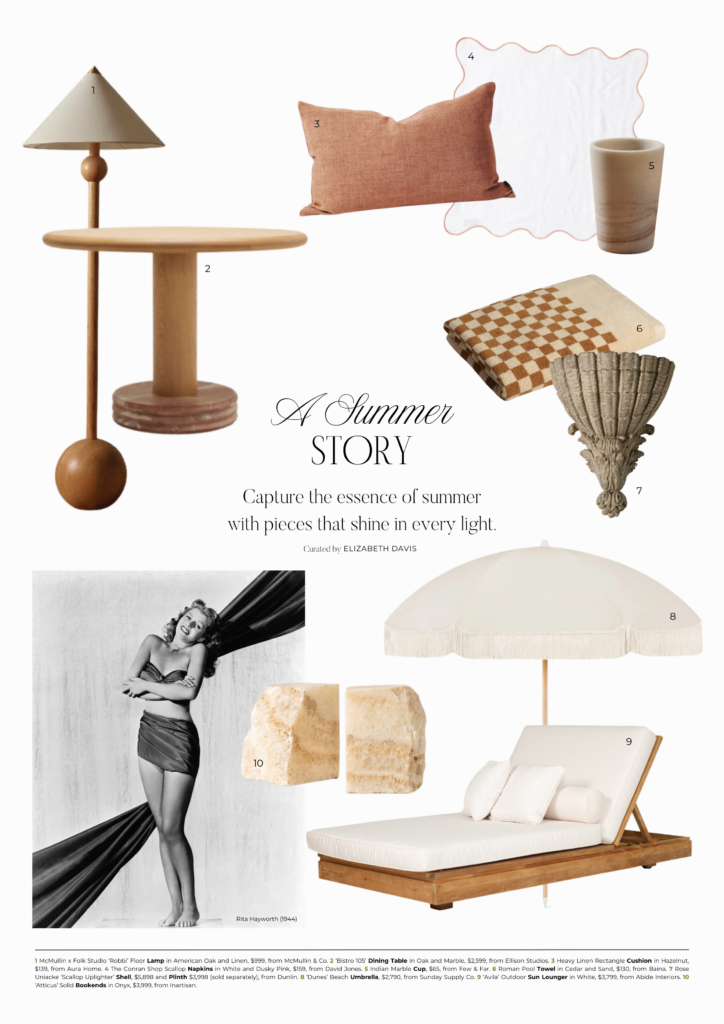
SHOP 2024/2025 SUMMER STYLE GUIDE

Avila Outdoor Sunlounger
Abide Interiors
The Avila Outdoor Sun Lounger in White by Abide Interiors blends modern sophistication with effortless comfort. Additionally, its sleek, minimalist frame and crisp white finish make it a perfect companion for sunny days and serene outdoor moments. Designed for both style and durability, it’s a timeless addition to any Australian garden.

Beach Umbrella
Sunday Supply Co.
The Dunes Beach Umbrella by Sunday Supply Co. offers understated charm with its plain cream canopy and delicate fringe tassels. Furthermore, it perfectly balances elegance and function, creating a serene shade for long, sunlit days by the shore or in the garden. Expertly crafted, it’s an essential piece for the Australian summer, bringing lasting style to any setting.

Roman Pool Towel
Baina
The Roman Pool Towel in Cedar & Sand by Baina exudes understated luxury with its soft organic cotton and striking checkerboard design. Generously sized, it is meticulously crafted, making it as functional as it is beautiful. Undoubtedly, it is a summer staple for poolside lounging or seaside escapes.
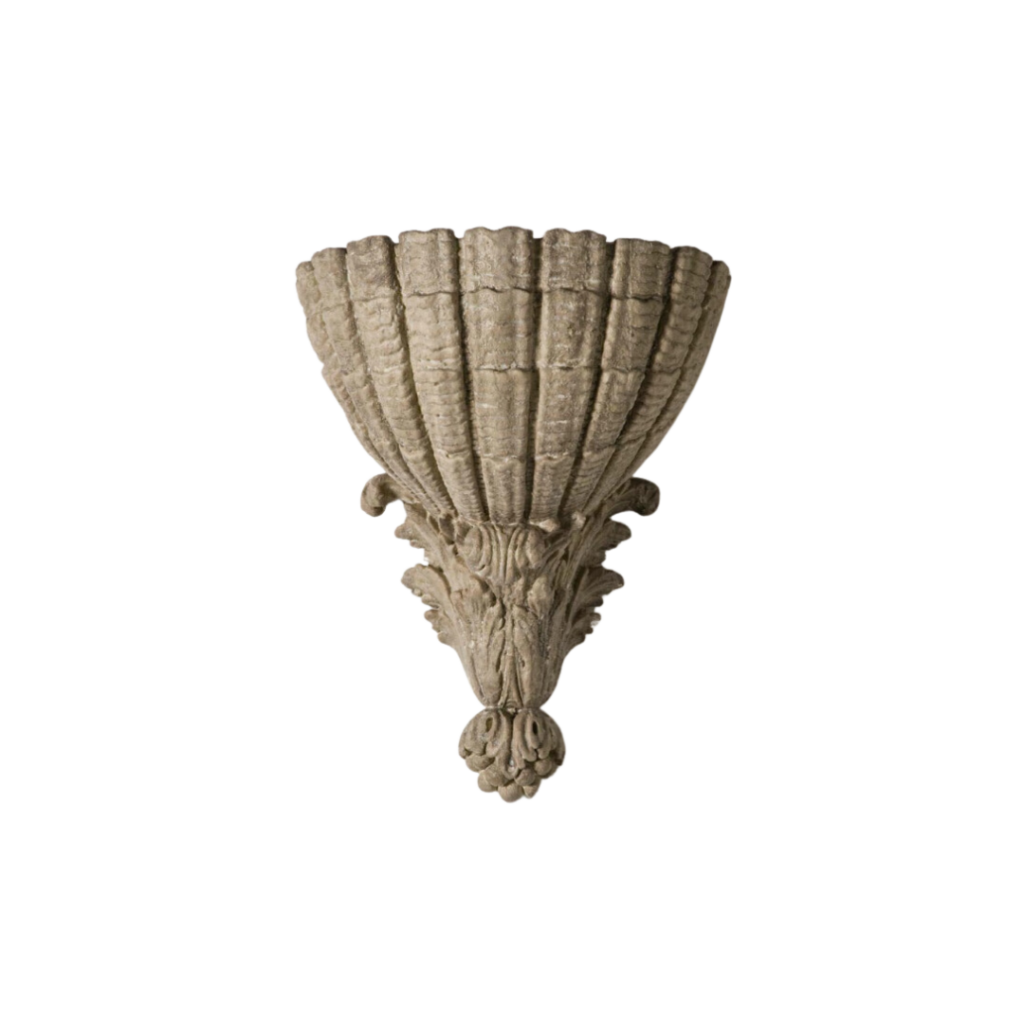
Rose Uniacke, Scallop Uplighter Shell & Plinth
Dunlin
The Scallop Uplighter shell by Rose Uniacke, paired with its matching stonewash plinth, is a striking duo that brings sculptural elegance to any interior. While the large shell uplighter casts a gentle, ambient glow, the plinth adds height and presence to its timeless design. Together, they create a harmonious focal point, perfect for sophisticated summer styling.
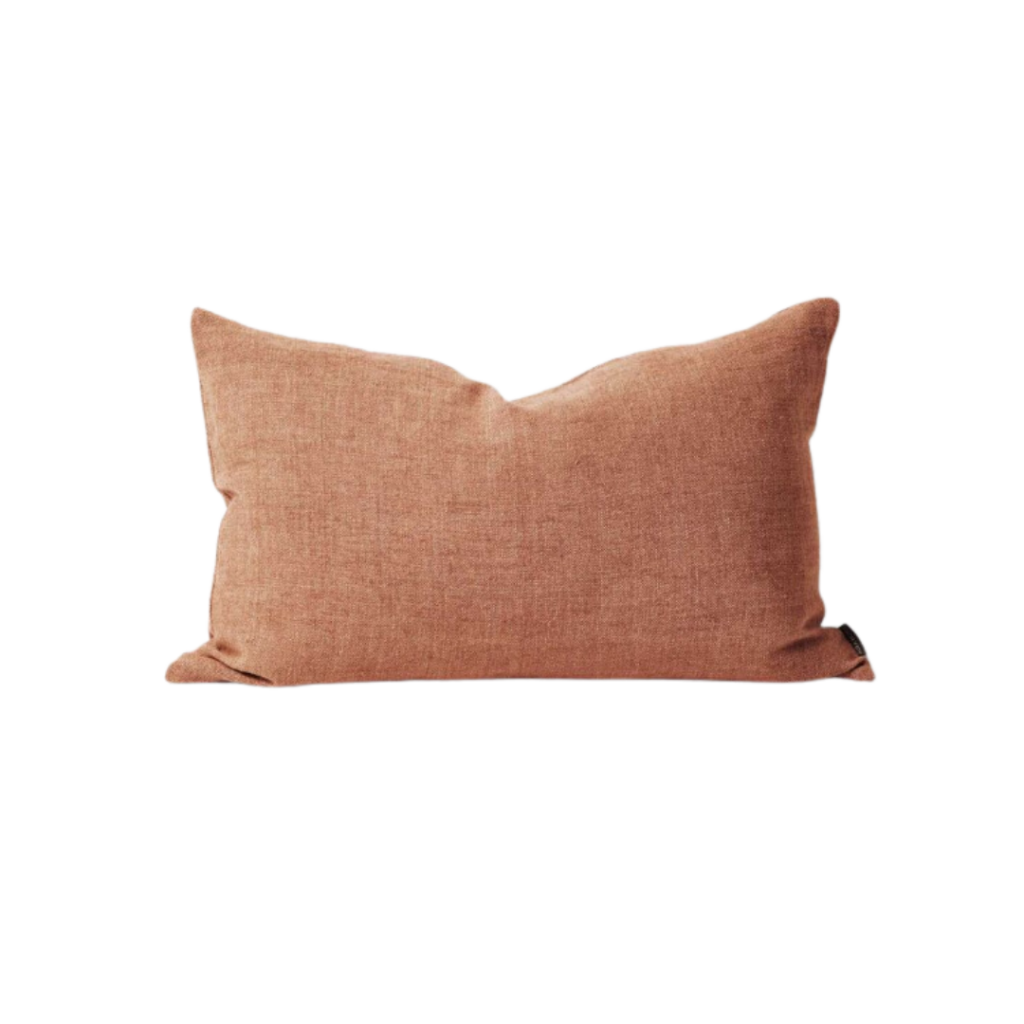
Heavy Linen Rectangle Cushion
Aura Home
In a soft hazelnut hue, this heavy linen cushion brings subtle warmth and texture to any indoor setting. With its relaxed, rectangular form, it makes an ideal addition to your sofa or bed, offering both comfort and style. A timeless, understated piece, it enhances the calm, inviting atmosphere of your home.
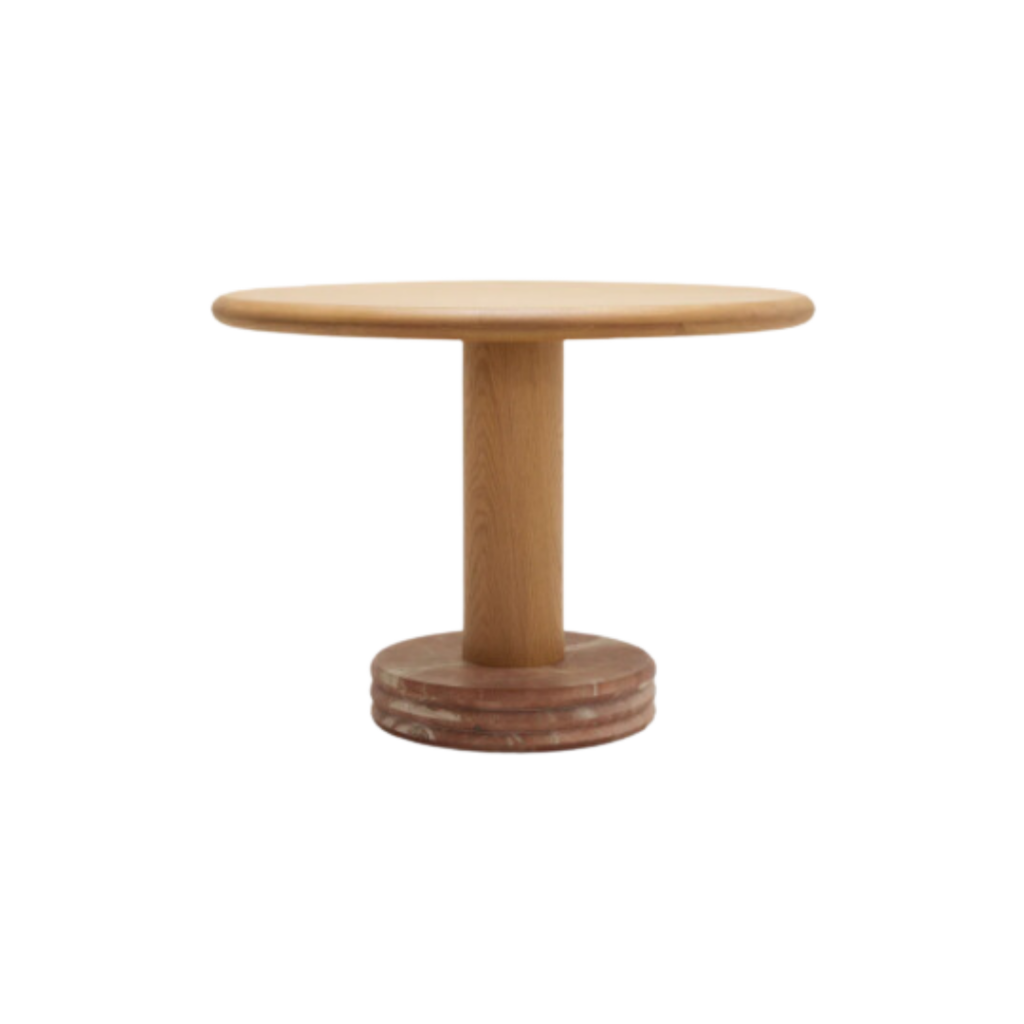
Bistro 105 Dining Table
Ellison Studios
With its refined blend of oak and marble, the Bistro 105 Dining Table by Ellison Studios offers a perfect balance of warmth and sophistication. Thanks to its compact size, it is ideal for intimate gatherings or everyday dining. Whether hosting a summer dinner party or enjoying quiet meals at home, it brings elevated elegance to any dining space.

The Conran Shop, Scallop Napkins
David Jones
These napkins feature a soft white fabric with a refined dusky pink trim, adding a delicate touch to any summer soirée. Furthermore, their charming scalloped edges bring a playful yet sophisticated element to your table, perfect for both casual gatherings and more formal occasions. As a set of four, they bring timeless elegance to your summer soirées.
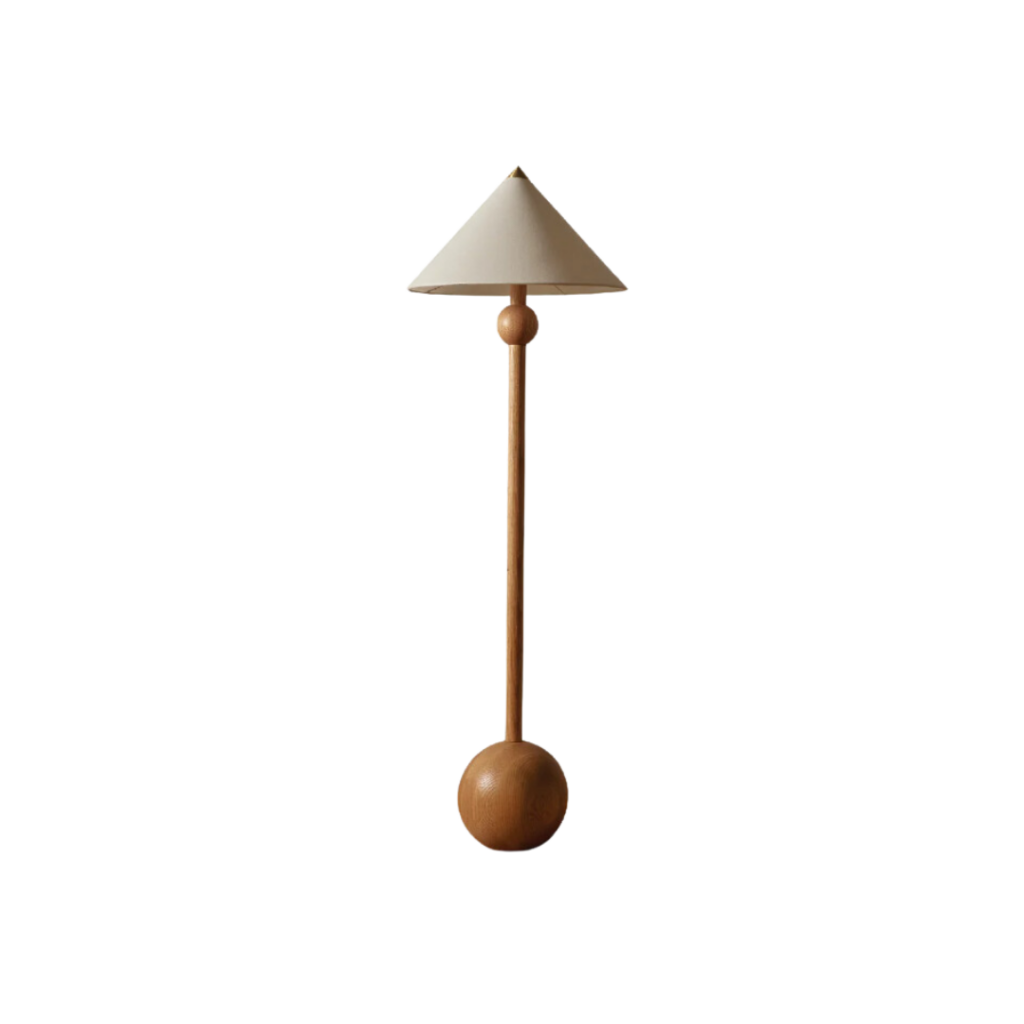
Robbi Floor Lamp
McMullin & Co.
The Robbi Floor Lamp by McMullin & Co., crafted in American oak with a soft linen shade, exudes understated elegance. In addition to its sculptural form, the warm, natural materials make it a striking addition to any living space, perfect for creating a relaxed yet sophisticated atmosphere. Ultimately, it’s a timeless piece that blends beautifully into both modern and classic interiors.

Indian Marble Cup
Few & Far
The Indian Marble Cup is both functional and beautifully crafted, offering a unique, tactile experience with its smooth, natural stone. Whether used as a vase or chic storage piece, its minimalist design adds a touch of elegance to any space. As a versatile addition, it combines practicality with understated luxury.
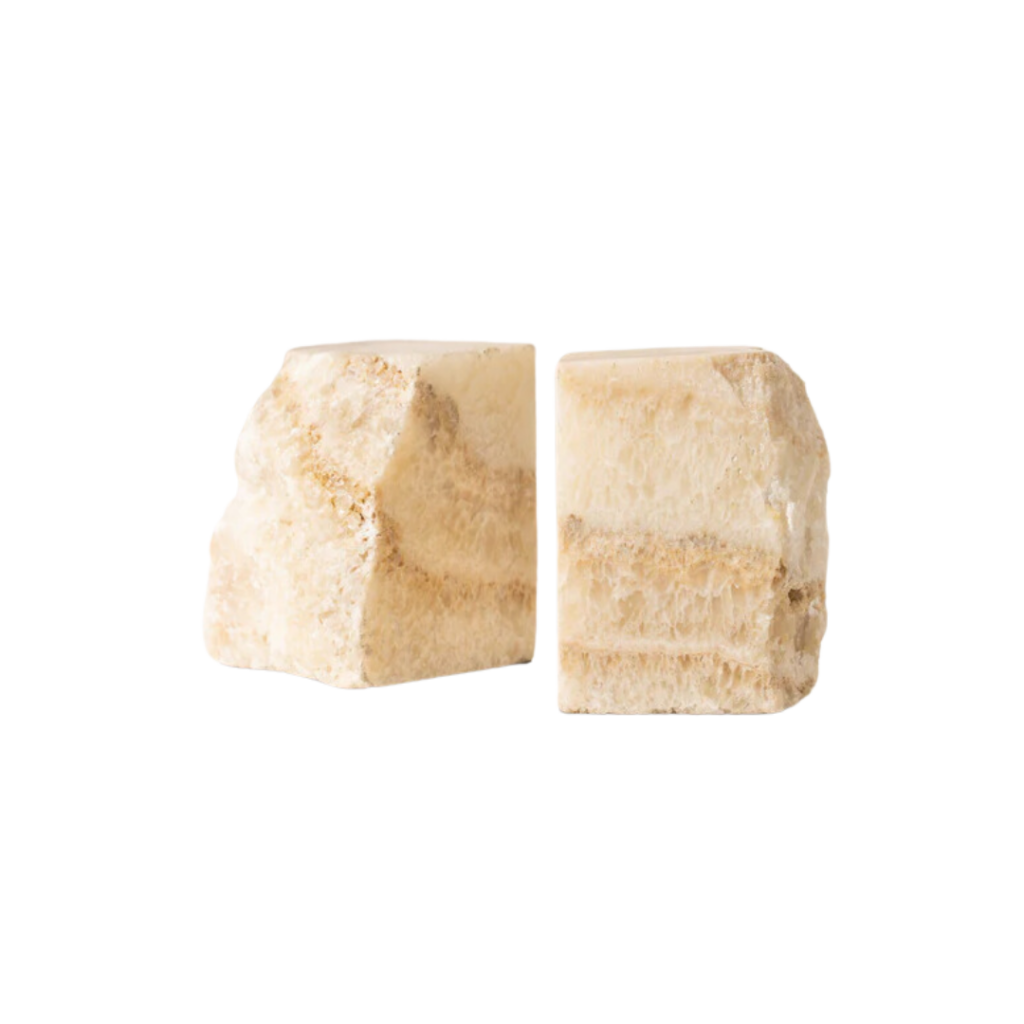
Atticus Solid Bookends
Inartisan
Crafted from solid onyx, the Atticus Bookends by Inartisan bring natural beauty and functional elegance to your space. Thanks to their unique veining and warm tones, each piece is one of a kind, offering a sophisticated way to display and support your favourite reads. Ideal for bookshelves or desks, they seamlessly blend form and practicality.
